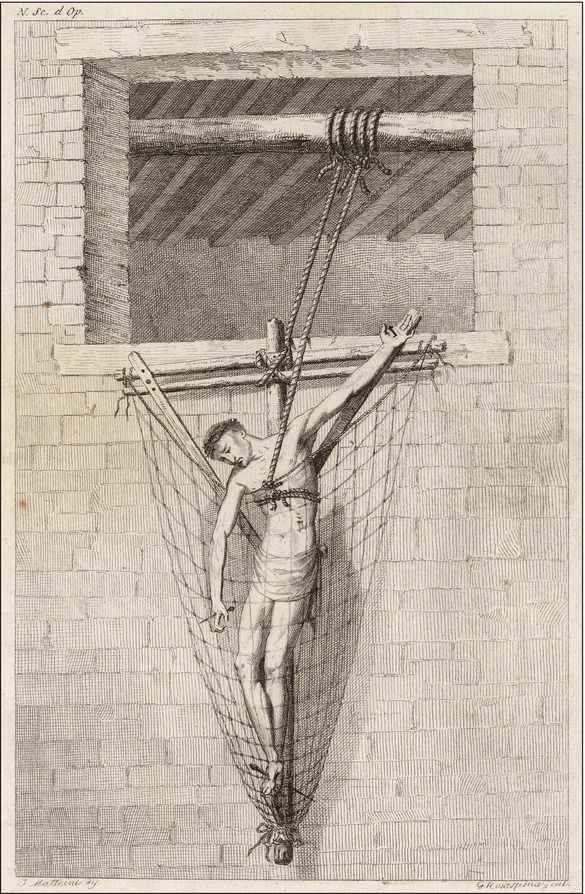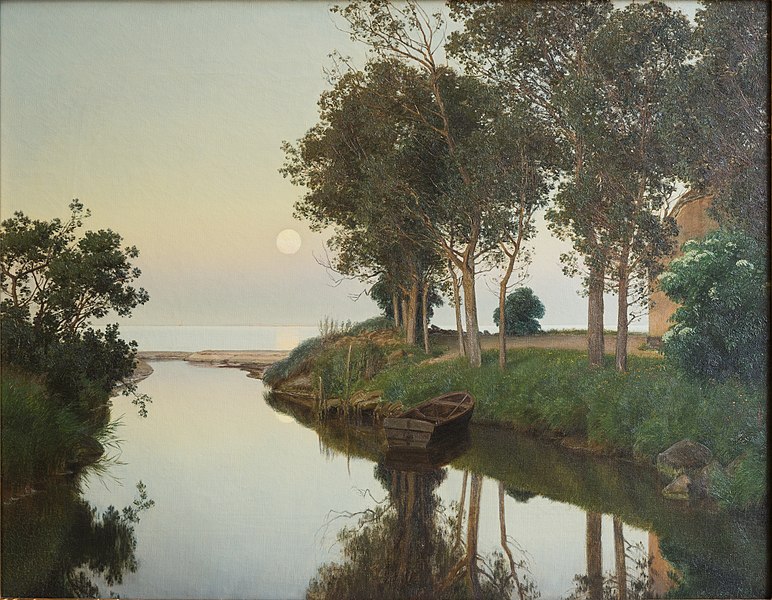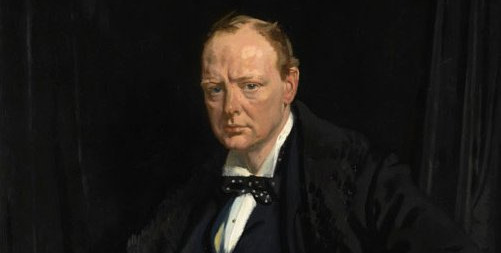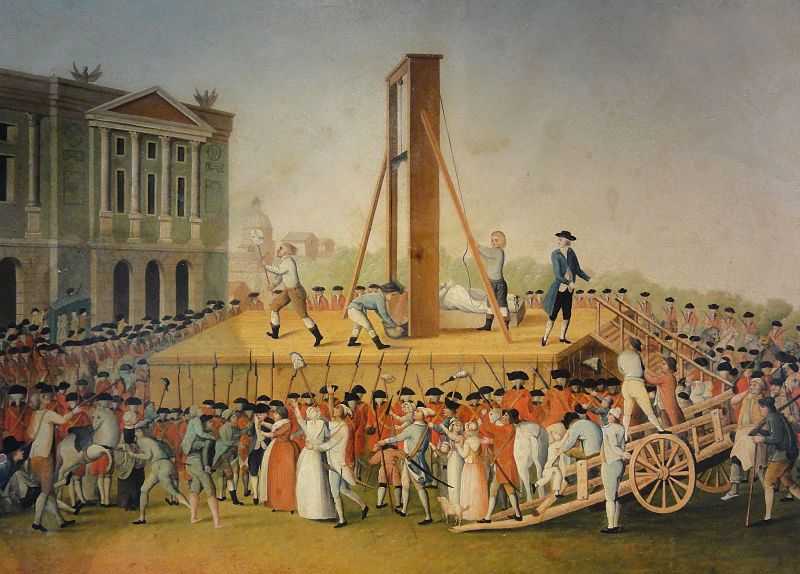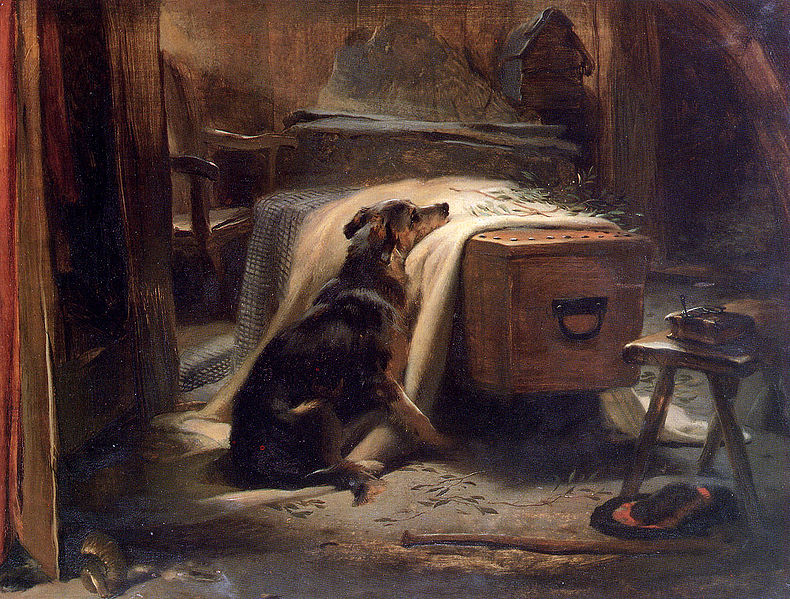On Sept. 8, 1880, an explosion tore through the Seaham Colliery, a coal mine in County Durham in the North of England, filling both shafts with debris and trapping scores of men in the burning seams. Most of the 164 dead were found where they had been working, suggesting that death had come quickly, but some of those farther from the shafts appear to have survived for hours or even longer in pockets of air — the oil in some of their lamps was exhausted. Some of these men had had time to leave messages to those who might find them:
September 8 1880
E.Hall and J.Lonsdale died at half-past 3 in the morning.W.Murray and W.Morris and James Clarke visited the rest on half-past nine in the morn and all living in the incline,
Yours truly,
W.Murray, Master-Shifter
Five o’ clock, we have been praying to God
The Lord has been with us, we are all ready for heaven – Ric Cole, half past 2 o’ clock Thursday
Bless the Lord we have had a jolly prayer meeting, every man ready for glory. Praise the Lord. Sign.R.Cole
Dear Margaret,
There was 40 of us altogether at 7am. Some was singing hymns but my thoughts was on my little Michael that him and I would meet in heaven at the same time. Oh Dear wife, God save you and the children, and pray for me … Dear wife, Farewell. My last thoughts are about you and the children. Be sure and learn the children to pray for me. Oh what an awful position we are in ! Michael Smith, 54 Henry Street
The last had been scratched on a tin water bottle with a rusty nail by Michael Smith, who had left his dying infant son to go to work in the mine that morning. The son died on the same day.
(From Durham Records Online.)

